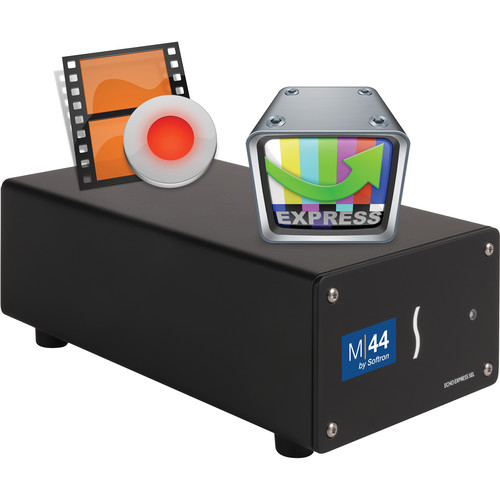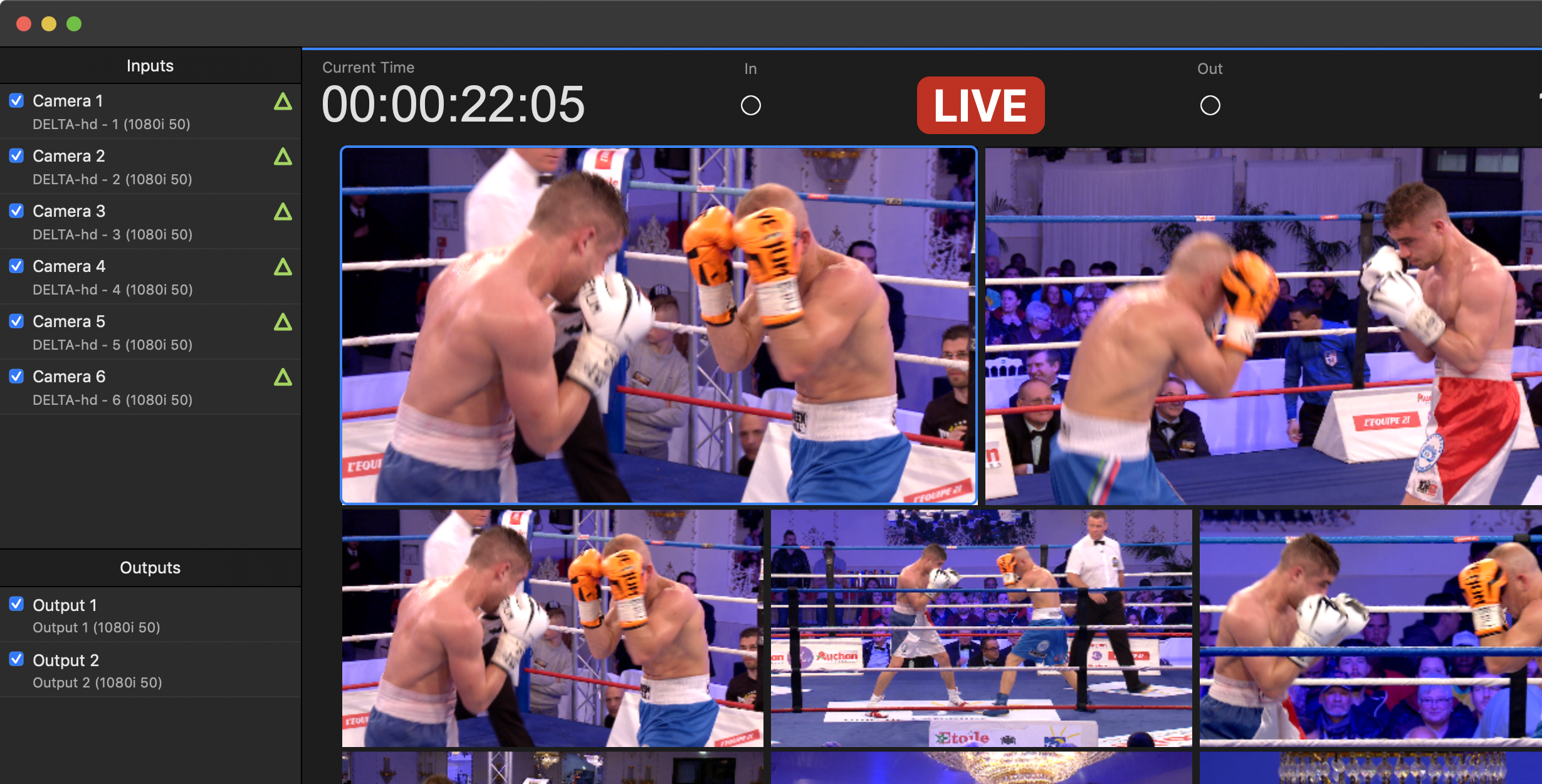

For more info on these types of destinations, read the following article. If you want to record to H.264 or HEVC, make sure to select "Segmented" in the "Edit-while-ingest" section. You can change the name of the destination, where it records to, the AVPreset (video and audio encoding settings), etc. Click on the small wheel to configure it: You should see one destination that is created by default. To configure destinations, click on the "Destinations" pane in the left of the window. You may skip this step if you just want to record to ProRes (the default codec used), but there are a few nice things. If you need to show less (or more), click here at the top left of the MovieRecorder window, and select the number of viewers you want to see and the layout: Click at the top left of a Viewer and select the source you want to view:īy default, MovieRecorder shows 4 Viewers.Select all the sources in the list, and then drag and drop them to the Viewers (note that if the sources are not enabled, this will enable them).To preview and control the source, just add it to one of the Viewers. If you know how MovieRecorder works, you can skip the next steps, and just start recording. Note that the video format and fps is set by Skype and it can not be changed in the sources, but it can be resized in the destination (see below). Just click on the name, and change the text to something like this: You can leave it like that or rename them to something a bit more readable. Once the call has been started, in MovieRecorder, in the NDI® source section, click on the + icon to add new NDI® sources:īy default the name of the source is the NDI® source name. Skype will only start broadcasting NDI ®once a call is received, so before you go to the next step, make sure to receive the call. For the screenshot below, we used MovieRecorder, so there may be some differences if you use MovieRecorder Express, but it will roughly be the same.

Setup MovieRecorder or MovieRecorder Expressīoth MovieRecorder and MovieRecorder Express support NDI® sources, so you will be able to use one or the other. the Skype caller will see on his screen a warning saying that you are able to record the call.

NDI is a network protocol, so it doesn't need to be on the same computer, but you just need to have enough bandwidth on your network (specially if you record multiple sources)

For example, if there are multiple persons on the call, you can record all to individual files, so you can edit this in your editing solution using its multicam feature. If you need to record a skype conversation for remote interviews, you can do this very easily in MovieRecorder with some nice features.


 0 kommentar(er)
0 kommentar(er)
